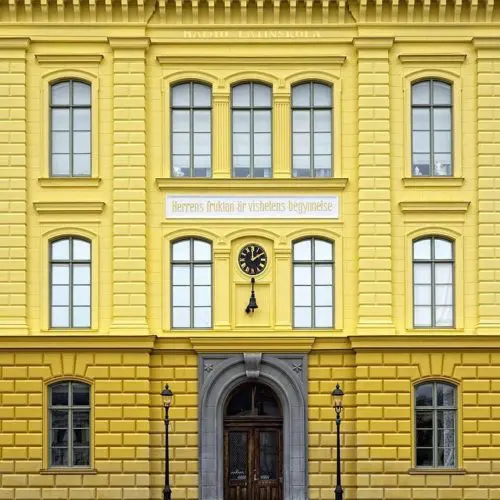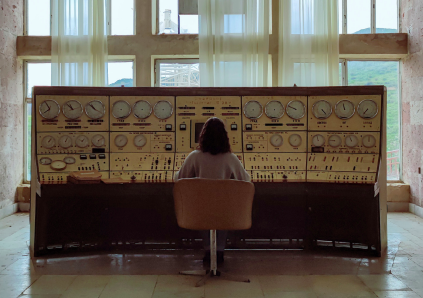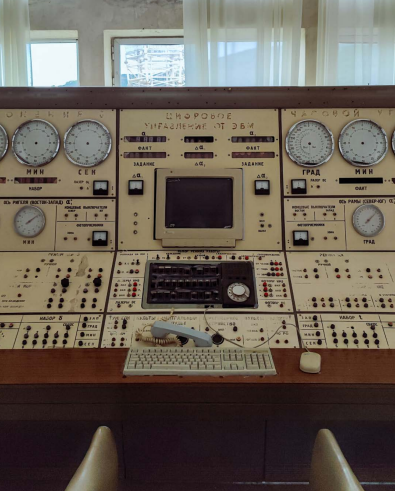Empty Soviet-era buildings, no matter how impressive, have little hope of returning to their former glory. This lonely control room, however, is an exception— one that carries a chance of being restored back into a hub of thrilling scientific research.
This is the Orgov Radio-Optical Telescope, located on the slopes of Armenia’s tallest mountain. Radio telescopes study deep space by picking up faint radio waves given off by distant stars and galaxies, then transforming them into an image. Visuals of deep space tend to be obscured by cosmic dust, but radio telescopes can “see through” that, enabling these instruments to record objects that are invisible to optical telescopes.
The Orgov telescope started listening to deep space in 1986. It was the invention of Paris Herouni, a Soviet-Armenian physicist and engineer who spent years of his life battling the scientific bigwigs of Moscow to establish his radio-optical telescope. Herouni’s mountainside project, eventually funded by the Soviets, was thrown into uncertainty amid the breakup of the USSR. Fueled by fierce will and limitless curiosity Herouni managed to keep his brainchild running until his death in 2008.
But after the telescope ceased operation, all was not lost. Herouni’s niece, Professor Arevik Sargsyan, has been leading a campaign to restart his creation. Sargsyan was nearing an agreement with Armenia’s government to repower the telescope when the 2018 revolution introduced a new administration. She has yet to receive the green light.
Sargsyan’s battle continues, backed by a team of scientists, funders, and supportive institutions. She’s determined to keep her uncle’s legacy alive. All she wants is access to this smorgasbord of dials, knobs, and gauges. From there, the Orgov telescope may once again clear the dust and give us a picture of what’s really out there.
 40.3475685, 44.2536332
40.3475685, 44.2536332





























Know more? Share with the community!
Submit Your ImageLogin/Sign Up.